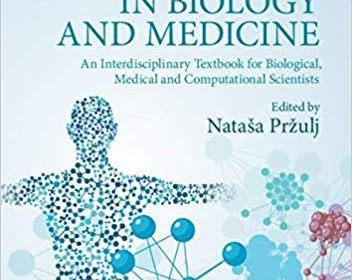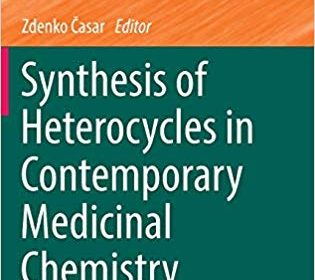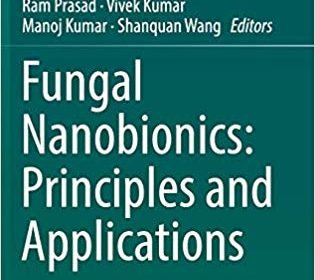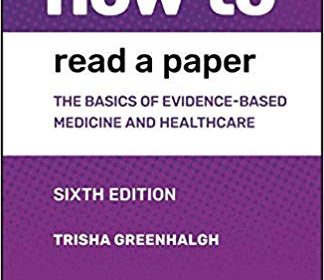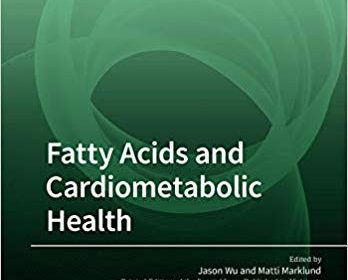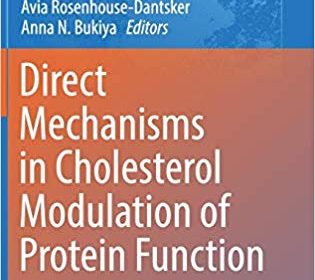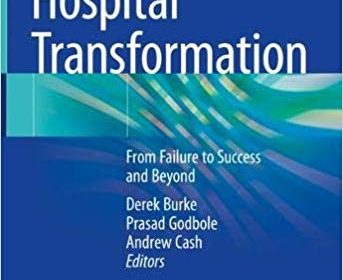Evidence-Based Evolutionary Medicine
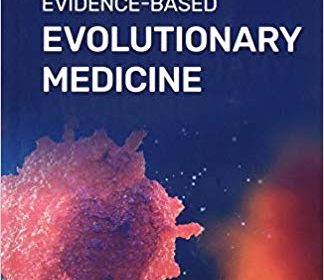
Evidence-Based Evolutionary Medicine
Evidence-Based Evolutionary Medicine offers a comprehensive review of the burgeoning field of evolutionary medicine and explores vital topics such as evolution, ecology, and aging as they relate to mainstream medicine. The text integrates Darwinian principles and evidence-based medicine in order to offer a clear picture of the underlying principles that reflect how and why organisms have evolved on a cellular level.
The authors—noted authorities in their respective fields—address evolutionary medicine from a developmental cell-molecular perspective. They explore the first principles of physiology that explain the generation of existing tissues, organs, and organ systems. The text offers an understanding of the overall biology as a vertically integrated whole, from unicellular to multicellular organisms. In addition, it addresses clinical diagnostic and therapeutic approaches, both traditional and cell-homeostatic. This groundbreaking text:
• Offers a much-needed, logical, and fundamental approach to biology and medicine
• Provides a clear explanation of complex physiology and pathophysiology
• Integrates topics like evolution, ecology and aging into mainstream medicine, making them more relevant
• Contains the first evidence-based text on evolutionary medicine
DOWNLOAD THIS MEDICAL BOOK

